Burnout. It’s something we’re hearing more and more about.
Even normally resilient people have been affected by the ongoing low-level uncertainty of recent times which wears down our body’s coping mechanisms.
Back before we heard of covid-19, in 2019, the World Health Organisation named burnout as an occupational phenomenon.
So many people are caught up in a rushing lifestyle, juggling the multiple demands of work, family and life, that it feels impossible to picture a way out.
It’s vital to be aware of the three red flags of burnout:
1. Physical Exhaustion.
This is where you’re not just tired from time to time, but feel a deep ongoing lethargy. Even after a break away you still feel exhausted. It’s like your battery reserves aren’t able to recharge.
2. Cynicism / Depersonalisation.
This is where you become increasingly detached and disengaged from your work. You find it difficult to derive the pleasure you once did or feel your work futile. You feel frustrated, cynical, and disconnected from others and want to withdraw.
3. Reduced Professional Efficacy/Lack of Achievement.
This is where you notice your productivity dropping and even though you keep trying to “work harder” you feel increasingly ineffective. It creates a low sense of morale and sense that you’re not coping despite your best efforts.
Feeling constantly busy isn’t the same as feeling burnt out (but ongoing busy-ness without boundaries can certainly contribute to becoming so.)
Rather than ignoring the signals, ‘hitting the wall’ and having to take six-months off just to recover, it’s vital to protect your own time and energy with powerful boundaries so you don’t head down that slippery slope.

The solution? Focus on these 6 keys:
1. Work in sync with your body’s rhythm
The human body has both a circadian and ultradian rhythm. Most people are familiar with the circadian rhythm which controls your daily wake/sleep cycles. Overlaid on top of this are the peaks and troughs of your ultradian rhythm (ultra being many and dian being day) which has a 90 minute upswing where you can be focused and energised and 20 min downswings where your body needs to recharge.
Anytime you’re working away at something but start to feel distracted, tired, fuzzy-headed or have difficulty focusing, those are signs that you need to take an ultradian break. The challenge is that you can choose to override those feelings and ignore your body’s signals.
When you do, your body sees it as an emergency (as you’re not listening to the clear signals it’s sending) so it flips you into fight or flight mode, increasing stress hormones which give you a second wind.
This is ok from time to time, but when done on a regular basis, the ongoing elevated cortisol levels head you towards burnout.
What you need to do instead is to work in sync with your body and take short breaks to recharge throughout the day so you can launch into the next upswing with energy and focus. It’s critical to set an external reminder, both to improve your focus and effectiveness, but also to ensure you oscillate out of constant work mode, which is inefficient, to say the least.

2. Oscillate to go the distance
Top tennis players have trained themselves in techniques that can lower their heart rate, breathing rate and blood pressure between each serve of the ball, which is critical to help them be in the optimal state to perform and able to go the distance over a lengthy match.
This links to the point above. We’re not designed to run on full-speed 24/7. Your body is intended to have high-energy, high-performance periods, with rest and recovery in between. The challenge is that often people routinely stay in “on mode” (or more often “fast-forward mode”) for virtually all of their waking hours.
It’s the boundaries that you put in place throughout your day that ensure you take the breaks, that enable you to bounce back to high-performance mode (and enjoy it.)
When you have available work time that’s within your control, I recommend setting a countdown timer to work for 25 min blocks, where you do focused work, then taking a three minute movement break. When you do this for three rounds you can then make the final break a 20 minute chill out break (head outdoors or get away from your desk.) I call this my “101 minute productivity cycle”.
25 mins focused work : 3 min movement break
25 mins focused work : 3 min movement break
25 mins focused work : 20 min chill out break
Parkinson ’s Law states that work will expand to fill the time available.
The count-down timer gives you a false sense of urgency and a goal which helps you achieve more in less time. The micro-breaks improve your ability to perform in each focused work period because physical movement boosts your energy and focus, increases creativity and improves your decision making ability.
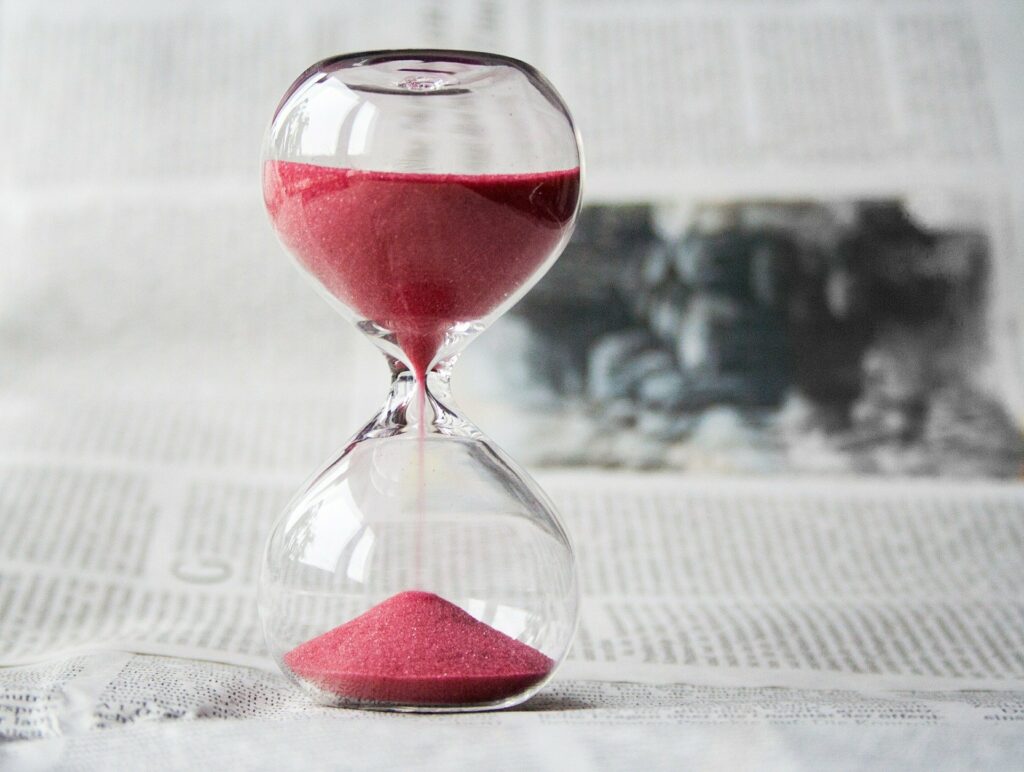
3. Get in flow
Positive psychology shows us that one of the keys to true happiness is being able to get in flow. Mihaly Csikszentmihalyi describes flow as those moments when you’re completely absorbed in a challenging but doable task. That can be gardening, playing a musical instrument or completing an important report. Flow adds to the sense that work is meaningful.
Often you can be so distracted, with so many literal or figurative tabs open, that you don’t find flow. It takes boundaries to be able to focus.
Trying to work from home with kids for example has caused huge stress for parents as you’re often pulled from one to another. One key is to single-task as much as possible. Be fully present and focused when you’re working and be fully present and focused when you’re listening to or playing with your kids. When you try to do both, it just doesn’t work and you end up feeling exasperated. You suffer and they suffer.
If you face this, communicate clear boundaries to your family and have a signal of when they can/can’t interrupt you. Set target work times and get important tasks that required sustained focus done in the early morning.
The biggest thing is to be mindful and fully present wherever your body is, as much as possible.
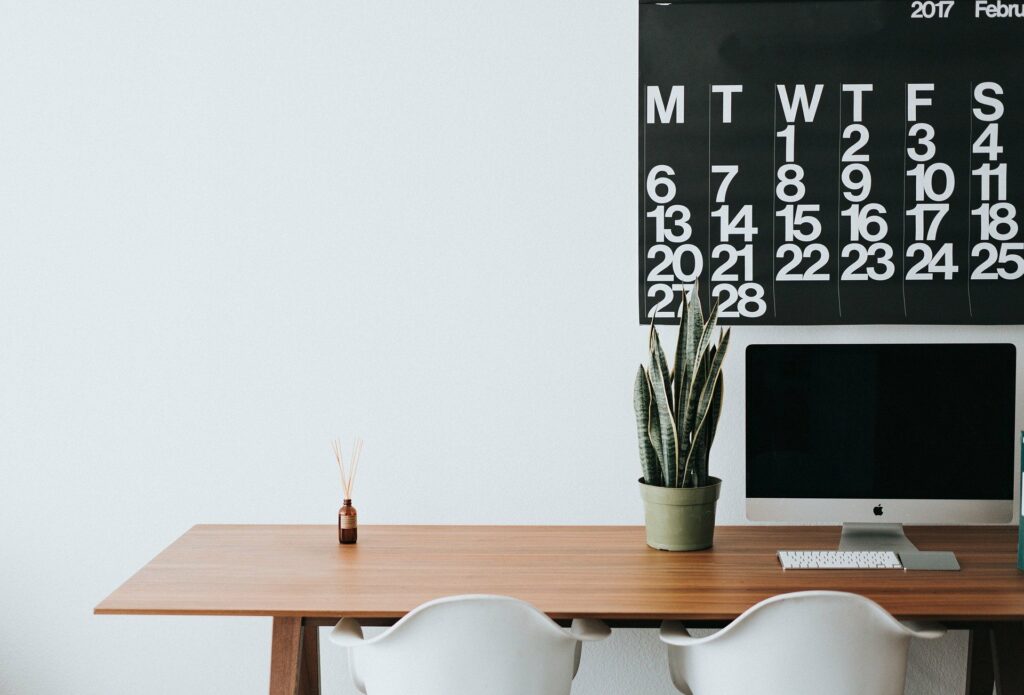
4. Play
We’re all wired for play, but sadly most adults avoid or miss out on it much of the time due to social norms.
As Shonda Rhimes shared in her TED talk, “Work doesn’t work without play.” She describes losing the “hum” that she’d previously gotten from her work, and how she discovered that the way back to it was just 15 minutes a day of play. She says “The more I play, the freer my mind becomes. The more I play the better I work.”
Brian Sutton-Smith states that “The opposite of play is not work. It’s depression.”
We all need to infuse our lives with play. It doesn’t have to involve children. It’s important to add playfulness into our work days and our workplaces in ways that work for you and your colleagues.
I know of many offices who have 60 second dance parties to break up the day, who have theme days and who open meetings with a game to get everyone present, connected and energised.
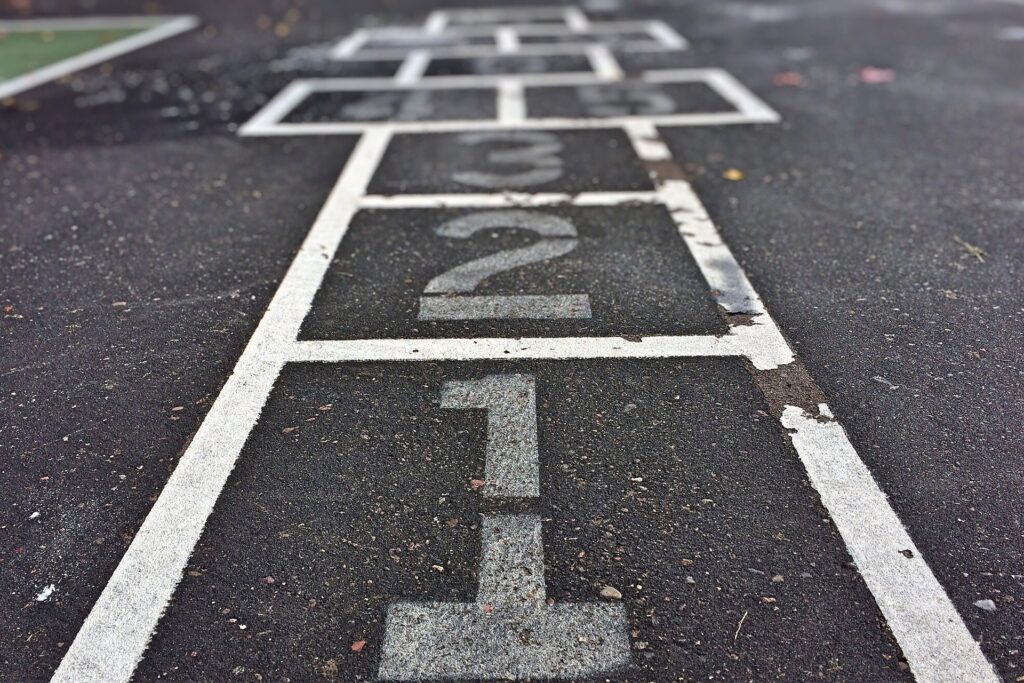
5. Transition intentionally
With more people working from home, lines have been blurred and it’s increasingly important to have a switching off routine to transition between work time and down time.
Be intentional and put in place a ritual that helps you switch from one to the other.
For example going for a walk around the block, into/out of work clothes, clearing your desk, pausing at a ‘worry tree’ to mentally lay down and let go of your workplace concerns for the day or even just taking a deep breath out and getting grounded before you walk in to greet your family.
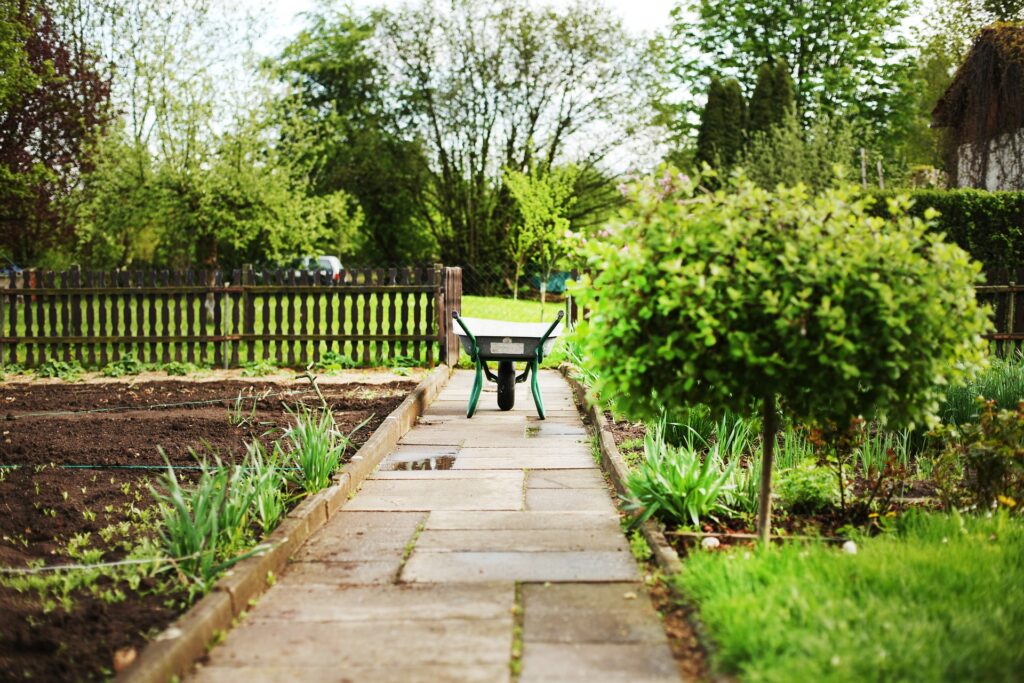
6. Ring fence time for your daily non-negotiables
Most of all, regardless of how busy you are, it’s vital that you do something every day that brings you joy.
Make it a daily non-negotiable.
This could be as simple as having a stretch routine to start the day, savouring your favourite hot beverage slowly, getting outdoors for a 15 minute walk to get natural light into your eyes, having a good belly laugh, spending quality time alone, spending quality time with others or standing outdoors in the evening looking at the stars, enjoying a moment of awe.
If life is like a rollercoaster, your daily non-negotiable is your safety harness.
It’s the thing that will make the ups and downs of the years ahead fun and exhilarating and ensure you stay on track to throughout the highs and lows ahead.
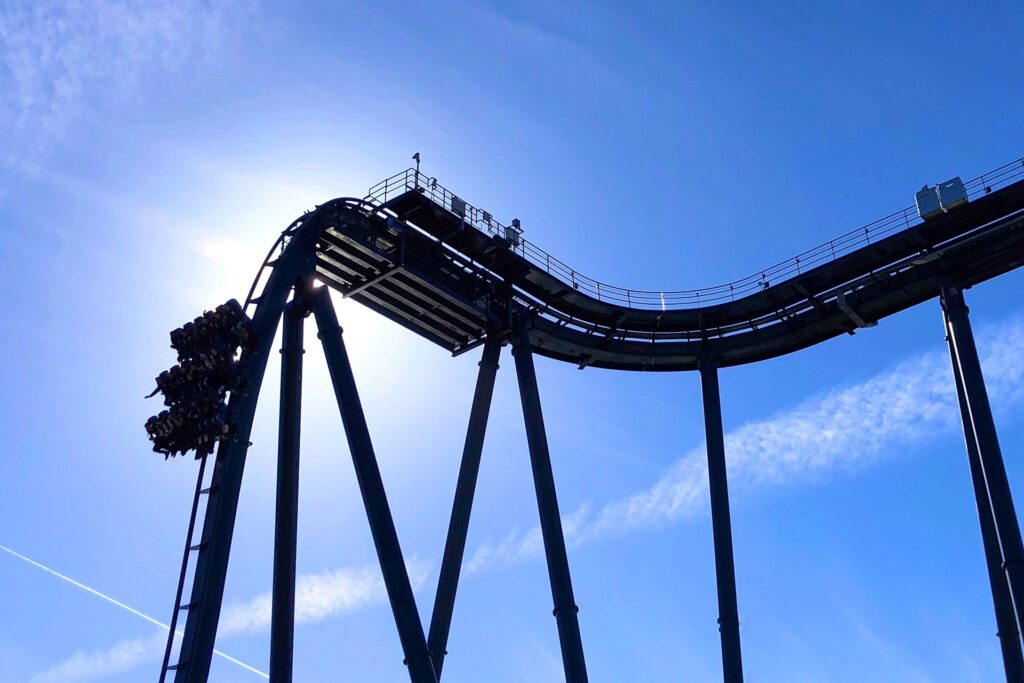
Read on for more strategies to set boundaries within your workday to take charge of your time in PART TWO of this article!
Feel free to subscribe so you don’t miss out on future articles.
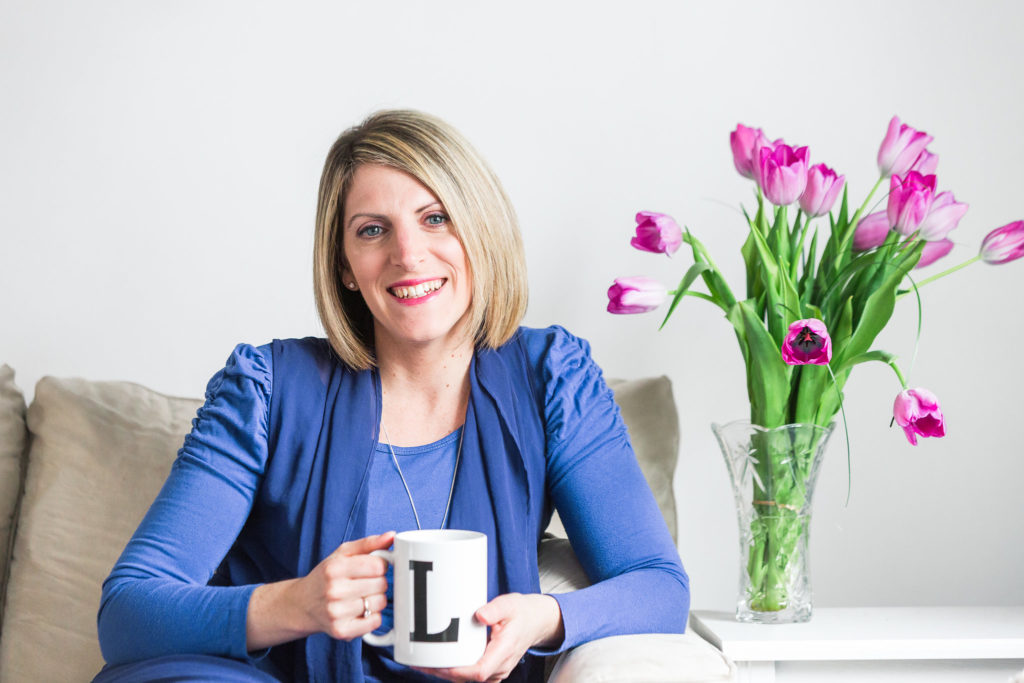
Thanks for reading this article, I appreciate your time.
To find out more about the work I do helping individuals and organisation thrive, feel free to find out more at the Workplace Wellbeing or Helping You Thrive pages.
If you enjoyed this article, please share it so it can reach more people and help them boost their health and happiness. With thanks in advance.
Share this Post
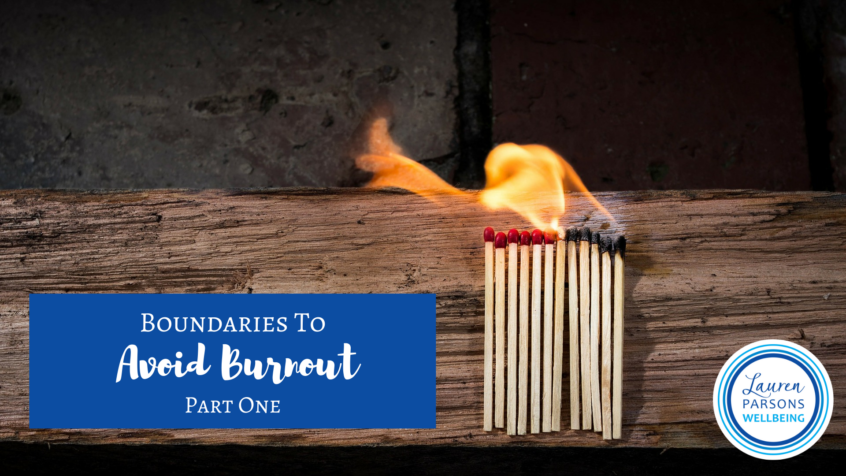
2 Comments on “Boundaries to Avoid Burnout (PART ONE)”
Fantastic article, Lauren! Lots of great tips.
Thanks so much Ruth.